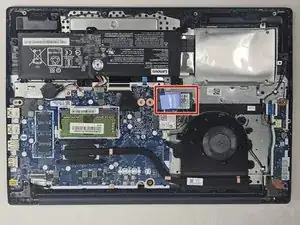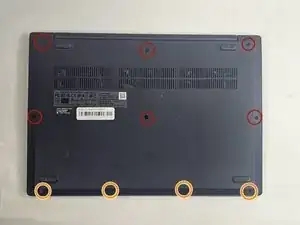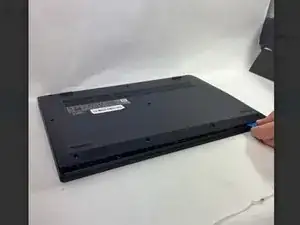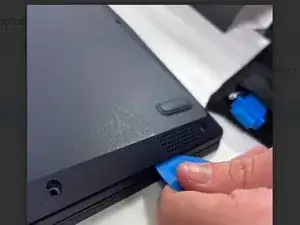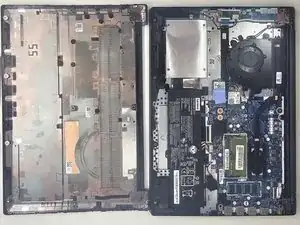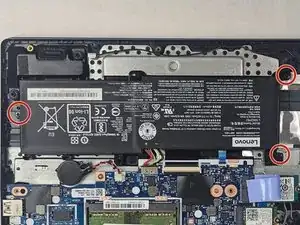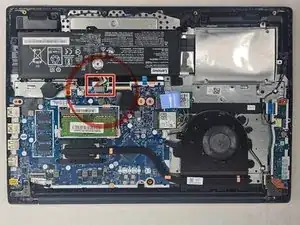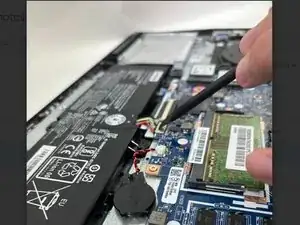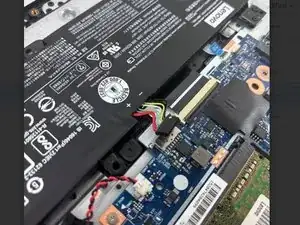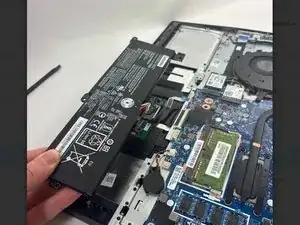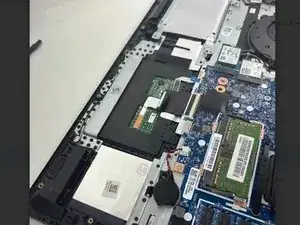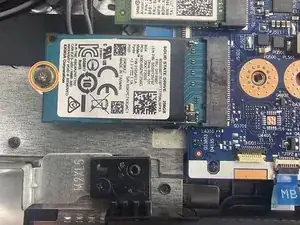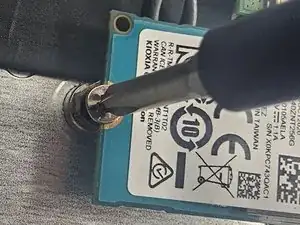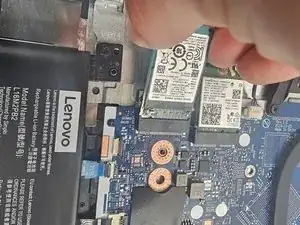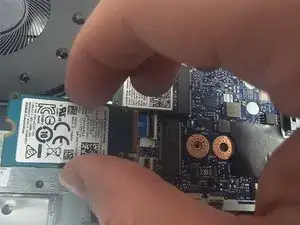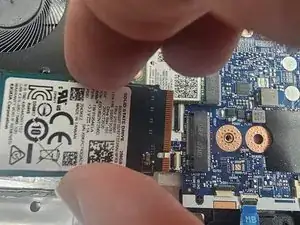Introduction
Use this guide to replace or upgrade a full or faulty solid-state drive or SSD in your Lenovo IdeaPad 3-15IML05 laptop.
The solid-state drive (SSD) is a crucial component of your laptop, responsible for storing and retrieving data quickly and efficiently. A faulty SSD can lead to a range of issues such as slow performance, system crashes, or even complete failure to boot. If you're experiencing problems like frequent freezes, slow load times, or error messages such as "disk not detected" or "boot device not found," it may be time to replace your SSD.
Before proceeding with this guide, ensure you've reviewed the troubleshooting page, as some issues might be caused by software problems such as corrupted files or malware, which can often be resolved without replacing the SSD.
If you're running out of storage or want to upgrade to a faster SSD, this guide will help you replace your existing SSD with a new one. The Lenovo IdeaPad 3-15IML05 supports M.2 NVMe and SATA SSDs. Be sure to back up your data before starting the replacement process to avoid any data loss. Always power off your laptop completely and disconnect it from any external power source before beginning the procedure.
Tools
Parts
-
-
Use an opening tool to pry the bottom cover from the device.
-
Use the opening tool to go around the entire perimeter, releasing the tabs that secure the cover to the frame.
-
Carefully remove the cover.
-
-
-
Use the point of a spudger to push on alternating sides of the sliding connector to "walk" it out of its socket on the motherboard.
-
-
-
Locate the SSD.
-
Use a Phillips #00 screwdriver remove the single screw securing the SSD to the frame.
-
To reassemble your device, follow these instructions in reverse order. Take your e-waste to an R2 or e-Stewards certified recycler.
